CNS Injury, Repair and Inhibition, Excitation
CNS Injury:
Acute central nervous system (CNS) injuries consist (of) stroke, traumatic brain injury, and spinal cord injury. Early brain injury is a main cause of disability and death for patients of stroke or traumatic brain injury. The procedure of initial brain damage after stroke and trauma are compound, and endure inperfectly understood. A spinalcord injury damage to any part of the spinal cord or nerves at the end of the spinal canal often causes permanent changes in strength, sensation and additional body tasks below the place of the trauma.
- Primary Injury
- Secondary Injury
- Focal Injury
- Diffuse Injury
- Open / Penetrating Injury
- Closed / Non-Penetrating Injury
Repair and Inhibition:
It associates to the regrowth or repair of nervous tissues, cells or cell products. Such mechanisms may include generation of new neurons, glia, axons, myelin, or synapses. Neuroregeneration differs between the peripheral nervous system (PNS) and the central nervous system (CNS) by the functional mechanisms involved, especially in the extent and speed of repair. If an axon is injured, the distal segment will undergo Wallerian degeneration, misplacing its myelin sheath. The primal segment can either die by apoptosis or undergo the chromatolytic reaction, which is an attempt at repair. In the Central Nervous System, synaptic stripping happens as glial foot procedures invade the deceased synapse.
Inhibition is the process whereby nerves can retard or prevent the functioning of an organ or part.
Excitation:
The electrical activity elicited in a neuron or muscle cell in response to an external stimulus, specifically the propagation of an action potential.
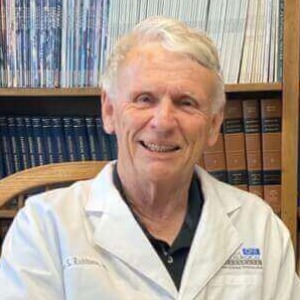
Joe Sam Robinson
Mercer University, United States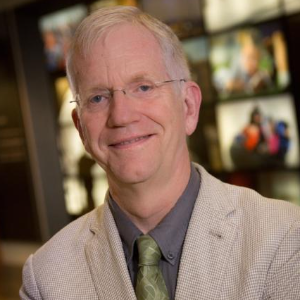
Robert B Slocum
University of Kentucky HealthCare, United States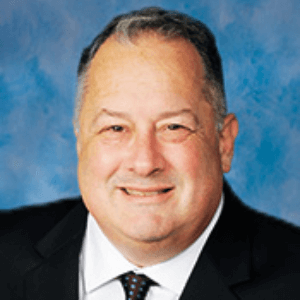
George Diaz
Memorial Healthcare Systems, United States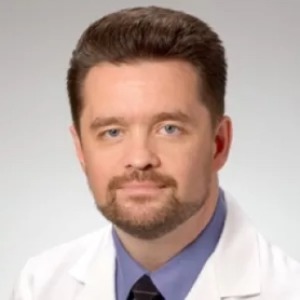
Daniel Curry
Texas Children’s Hospital, United States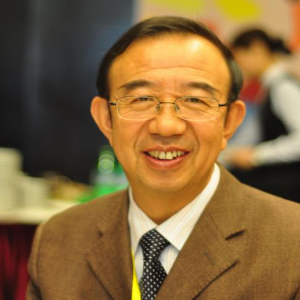
Zhenhuan Liu
Guangzhou University Chinese Medicine, China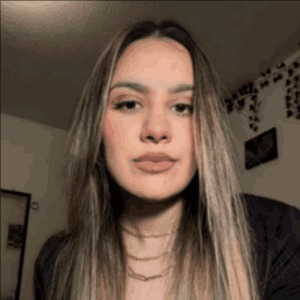
Kiran Ghotra
Lake Erie College of Osteopathic Medicine, United States




Title : Atypical presentation of Juvenile myoclonic epilepsy in a 16-year-old female: A Case Report
George Diaz, Memorial Healthcare Systems, United States
Title : What we don’t know about hydrocephalus and It’s management
Daniel Curry, Texas Children’s Hospital, United States
Title : Artificial intelligence-driven DWI and FLAIR for the detection of early stroke changes: A systematic review
Shari L Guerra, The Medical City, Philippines
Title : Mapping neuroplasticity in occupational therapy: Evidence-based interventions with measurable neural outcomes
Jessica Marchant, Texas Woman's University, United States
Title : Non-pharmacologic management of orthostatic hypotension in inpatient rehabilitation: A quality improvement initiative
Laura Steakin, Rehabilitation Institute at Sinai, United States
Title : Non-pharmacologic management of orthostatic hypotension in inpatient rehabilitation: A quality improvement initiative
Mackenzie Weber, Rehabilitation Institute at Sinai, United States